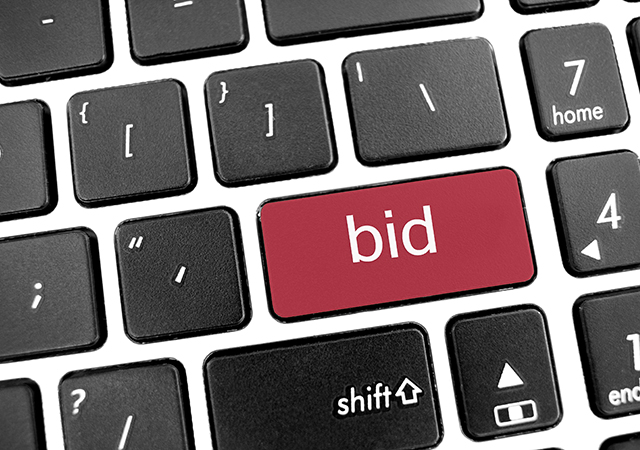

AL MARYAH Island is well on its way to becoming Abu Dhabi’s new vibrant, fully-integrated Central Business District (CBD), with its first phase development Sowwah Square – a mixed-use waterfront development – already operational.
A key component of the Abu Dhabi Urban Planning Council’s Capital 2030 Plan, the masterplanned development (formerly Sowwah Island) is being developed in four phases over 114 hectares at the junction of Abu Dhabi, Mina Zayed, Al Reem and Saadiyat islands.
It will feature a total gross floor area (GFA) of 3.5 million sq m comprising a dynamic combination of premium mixed-use clusters, commercial offices, luxury business hotels, high-end retail space, medical facilities, residential buildings, public amenities, landscaped parks and pedestrian-friendly open spaces. With an estimated 30,000 residents and 75,000 daily commuters, the visionary CBD is designed to be the preferred retail, entertainment, leisure and tourist destination for Abu Dhabi residents and visitors alike.
The 60-hectare Phase One, which comprises a total of 37 plots, is now well advanced. Four of these plots make up the Sowwah Square, which is being developed by Mubadala Real Estate and Infrastructure (MREI), and are at the most advanced stage of this phase. Also being built adjacent to Sowwah Square and linked to it by climate-controlled pedestrian corridors is the world-class multi-specialty hospital Cleveland Clinic Abu Dhabi.
The development is also expected to include a number of world-class hotels including the Four Seasons Abu Dhabi, enabling works for which have been completed.
With the interest that has accompanied this mixed-use facility since day one of its development, a further seven plots at Al Maryah Island were sold between 2009 and 2011 to third-party investors, Ali Eid AlMheiri, executive director of MREI, tells Gulf Construction in an exclusive interview.
“These companies include the National Bank of Abu Dhabi (NBAD) and Al Hilal Bank, who are both developing commercial towers within their invested plots, as well as Taiwan’s largest developer Farglory, who has invested in four mixed-use plots for a residential, retail and leisure precinct,” he says.
The new CBD was renamed Al Maryah Island in April this year by the Municipality of Abu Dhabi in line with the efforts to rename areas in the capital to give them their cultural identity.
“In line with the UPC’s strategic plan, we believe this name change marks an important new chapter in the island’s development. This name change is inspired by an important historical site in Liwa – Al Maryah village – traditionally a place of trade and commerce, which reflects the grounding of Abu Dhabi’s vision in the nation’s heritage,” AlMheiri says.
However, since there are more than 30 companies that now call Sowwah Square home, the name of the flagship development however will not change, he adds.
Sowwah Square
The 450,000-sq-m Sowwah Square will comprise four commercial towers, two five-star business hotels and the trapezium-shaped Abu Dhabi Securities Exchange, alongside planned retail and food outlet services.
The four Grade ‘A’ office towers provide a total of 180,000 sq m of premium commercial space with stunning panoramic views of the Abu Dhabi skyline. These 30- to 36-storey towers encircle the new headquarters of the Abu Dhabi Securities Exchange (ADX). The development will also feature the ‘The Galleria at Sowwah Square’, Abu Dhabi’s next retail destination.
From the innovative two-tiered road network, to the integration of adaptable and sustainable design resulting in Leadership in Energy and Environmental Design (Leed) pre-certification, Sowwah Square incorporates excellence in quality, sustainability and functionality. An innovative network of climate-controlled pedestrian corridors will connect all the office towers and provide easy access to the planned metro and LRT stations.
“Sowwah Square, the heart of the new Central Business District and the centre of the district’s commercial and retail space, is near completion. Tower One, Al Sila, has been completed, while Towers Two, Three and Four, Al Sarab, Al Maqam and Al Khatem respectively will be operational in the third quarter of 2012,” says AlMheiri.
The project has been designed by the Chicago (US)-based Goettsch Partners (GP) with Oger Abu Dhabi being the main contractor.
The new headquarters of the Abu Dhabi Securities Exchange (ADX) is at the handover stage and due to open by the end of this year, and The Galleria at Sowwah Square – a distinct shopping and dining destination of 33,000 sq m – is due for completion in the third quarter of 2013.
 |
Sowwah Square ... 180,000 sq m of premium commercial space. |
The Sowwah Square district also includes the development of Rosewood Abu Dhabi – a luxury business hotel, due for completion at the end of this year.
The five-star hotel, on the waterfront at Sowwah Square, is owned by MREI and managed by Rosewood Hotels and Resorts. It will offer premium accommodation, signature fine dining and all-day restaurants, and fully-equipped business facilities and services to meet the needs of hotel guests and neighbouring offices.
The 34-storey landmark hotel will consist of 189 rooms and suites, 58 serviced residences, 73 residences for annual lease and four penthouses, all offering dramatic views of the Arabian Gulf and the Abu Dhabi skyline. Rosewood also boasts superior amenities including a 750-sq-m state-of-the-art fitness centre and Sense, a Rosewood spa, an outdoor terrace and a pool. For business gatherings, Rosewood Abu Dhabi will offer extensive Mice (meetings, incentives, conferences and exhibitions) facilities including 2,146 sq m (23,100 sq ft) of indoor meeting facilities, two ballrooms, fully-integrated video conferencing facilities, numerous boardrooms and a 24-hour full service business centre.
Handel Architects designed the dramatic tower, while the hotel’s interiors are designed by the award-winning firm BBG-BBGM. The architectural design and detailing of the tower offer a unique interpretation of classic Middle East architectural elements. Its textured fenestration pattern, which allows daylight to scatter through the interiors, is a modern reflective of the screens and veils seen in architecture throughout the region. The screen-and-veil concept is extended throughout the project’s exterior, highlighted by materials such as the reflective glass that covers the tower, projecting a daytime shimmer and a night-time luminescence.
The base of the building, comprising a contrasting series of stone and glass, is reflective of the multipurpose nature of the complex. Furthermore, as the base of the tower merges into the surrounding pool of water, the unique combination of the two materials evokes a resort-like atmosphere in the heart of an urban complex.
Cleveland Clinic
Meanwhile, Cleveland Clinic Abu Dhabi will be a multi-specialty hospital with a clinical offering focused on acute services. Currently under construction, the hospital is designed to be a 360-bed facility (expandable to 490), with five clinic floors, three diagnostic and treatment levels and 13 floors of critical and acute inpatient units. It is specifically designed to address a range of complex care requirements that patients would ordinarily have to treat abroad. The facility is scheduled for completion in the final quarter of 2013.
Mubadala Healthcare, a business unit of Mubadala Development Company, has worked closely with its internationally renowned partner, US-based Cleveland Clinic, to establish Cleveland Clinic Abu Dhabi in line with the government’s plans to develop a robust, world-class healthcare sector in Abu Dhabi.
Sustainability
Sustainability is a fundamental component of Sowwah Square’s design and functionality and therefore the landmark development has been designed to rigorous international standards of sustainability, says AlMheiri.
Sowwah Square has achieved Leed Core and Shell (CS) Gold pre-certification by the US Green Building Council (USGBC). The award recognises the efforts made across all categories of sustainability including: water efficiency, energy and atmosphere, materials and resources, indoor environmental quality, and innovation and design process.
“It is the first integrated project in the UAE to achieve Leed Gold pre-certification,” AlMheiri claims, adding that not only is it governed by international standards of sustainability but it also follows the Abu Dhabi UPC’s Estidama principals of sustainability.
Sowwah Square’s architectural concept is defined by stringent design controls that maintained consistency throughout the development’s mixed-use facilities with sustainability representing one of the design controls integrated throughout the project.
Key design features vary from the use of recycled and low toxicity materials and optimising on natural daylight to the illuminated glass in the lobby areas which ensures a welcoming entrance area.
The buildings’ ventilated, double-skin facades insulate them against extreme temperatures, while a system of active and passive sun shading elements controls light and heat gain, also dramatically reduces energy demand. Externally, a state-of-the-art water efficiency system allows self-maintenance of outdoor green spaces as condensation is collected from the building and reused in the outdoor pools.
External glazing comprises laminated glass with solar control while internal glazing is insulated glass units (IGUs) with a high-performance coating.
The unitised curtain-wall facade of the buildings features external horizontal laminated glass sunshades with 50 per cent opaque frits. The shades at the large east and west facades of Towers Three and Four rotate according to the sun path, with the operable shade motors and controls integrated in the building management system (BIM).
Daylight sensors, dimming systems and individually addressable fluorescent fixtures in the typical office space means lighting can be dimmed or switched off during daylight hours.
A number of sustainability aspects will be built into the fabric of Al Maryah Island and will be shared by all developments within the district:
• Provisions for alternative methods of transportation such as mass transit and fuel-efficient vehicles;
• The use of 100 per cent non-potable water for irrigation;
• Low flow plumbing fixtures throughout the project in order to conserve water;
• The use of regional materials and those made of recycled content;
• The use of low emitting materials and the assurance of a high level of indoor air quality; and
• The storage and collection of recyclables.
Infrastructure
Al Maryah Island will also feature an integrated and multi-layered transport network to ensure efficient, convenient access from all areas of Abu Dhabi, including 13 new bridges and a mass transit system with both light and heavy rail.
One of the highlights of Al Maryah Island’s infrastructure is that it is built on a dual level of roadways at +3 m above sea level (ASL) and at +14.25 m ASL.
Elaborating on why the project has been raised 14 m above sea level, AlMheiri says: “The primary reason behind this concept is to allow for an unencumbered extension of Abu Dhabi’s urban fabric onto the new CBD for the emirate. We are able to capitalise on the multi-level infrastructure network by choreographing access for users on each level as well.”
He says day-to-day guests of the island will interact only with the +14.25 m ASL as it will be the street frontage of all commercial, retail, hospitality and residential activities and will be the perceived ground level. Residents and long-term tenants of the island will, however, be able to access both the +3 m and +14.25 m levels, allowing for direct, ‘underground’ parking and waterside promenade access.
Services for the island will also be rerouted to the ground level which allows for a separation from the visitors.
AlMheiri says the split infrastructure has also made the island more viable for third-party investment. Developers benefit from the 11.25-m gap between ground and perceived ground by infilling it with services for their respective building.
“As digging below the water table in Abu Dhabi is cost prohibitive, an ability to build above ground allows for a more sound investment and a higher rate of return on the dirham spent,” he points out.
MREI
MREI operates as an equity partner and asset manager, focusing on social infrastructure projects and real estate investment opportunities, both within the UAE and overseas.
The unit develops strategic commercial, residential and leisure districts that are central to Abu Dhabi’s long-term development plans, as well as delivering supporting infrastructure essential to the emirate’s economic diversification. These major projects are part of the government’s 2030 plan, a comprehensive strategy to develop the capital into an environmentally, socially and economically sustainable, world-class city.
“Mubadala is committed to realising the government’s vision for a vibrant urban hub providing an international quality environment that is highly attractive for leading local and international businesses as well as the wider community of Abu Dhabi,” says AlMheiri.
“As a part of Abu Dhabi’s Economic Vision 2030, which focuses on reducing the emirate’s reliance on oil to 36 per cent of GDP by 2030, Al Maryah Island, and Sowwah Square at the heart of this new CBD, are a fundamental pillar within the UPC’s strategy, which has been created to play a major role in securing this economic vision,” he adds.
“With the developing critical mass of top local and international financial, legal and management consultancy firms within Sowwah Square, the new business district is already fulfilling its responsibility and making this vision a reality,” AlMheiri says.
MREI has spearheaded a number of other projects in the UAE, namely Paris-Sorbonne University, and Zayed University, in Abu Dhabi, and is overseeing the development of UAE University in Al Ain.
The UAE University is the oldest and largest higher education institution in the UAE, and is recognised by international education boards as a centre of education excellence. its new campus project, a public private partnership (PPP) between UAE University and Al Hikma Development Company, a subsidiary of Mubadala, is scheduled for completion in 2013. It will feature approximately 290,000 sq m of newly-built, state-of-the-art teaching and recreational facilities, including accommodation for students and university staff.
The phased Paris-Sorbonne University Abu Dhabi (PSUAD) PPP (public private partnership) project was successfully completed in August 2010, both on time and on budget, delivering long-term value and cost savings for the client.
The new Zayed University Abu Dhabi campus project, a PPP between Mubadala and Abu Dhabi Education Council (Adec), reached financial closure in late 2009 and represents a significant addition to Abu Dhabi’s higher educational infrastructure.
MREI is also investing in other projects worldwide including the Viceroy Maldives, a luxury resort jointly developed with EoN Resorts, which opened on April 2; and Medini, Nusajaya, Malaysia, comprising three clusters that feature nine themed zones, creating a global hub for trade and commerce, leisure and healthcare, luxury residences, shopping and education.



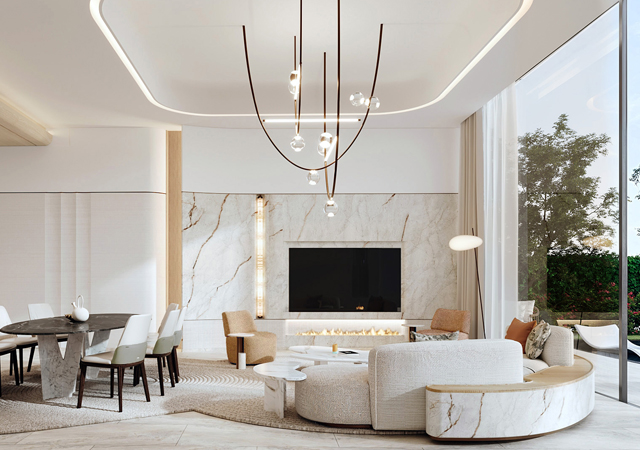
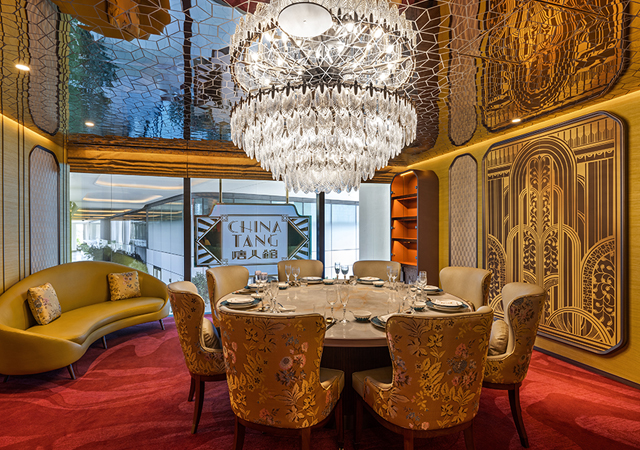
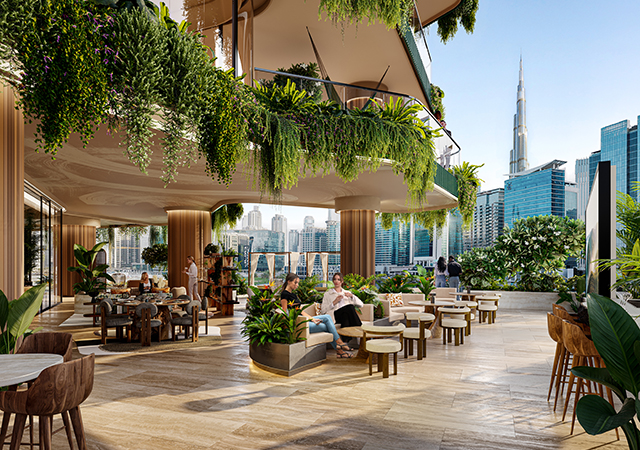
.jpg)
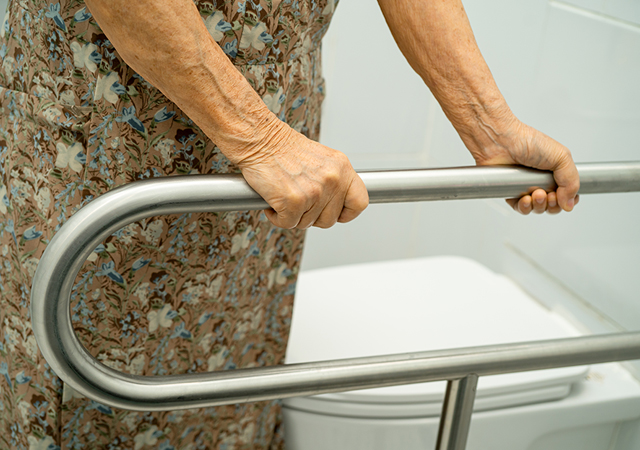

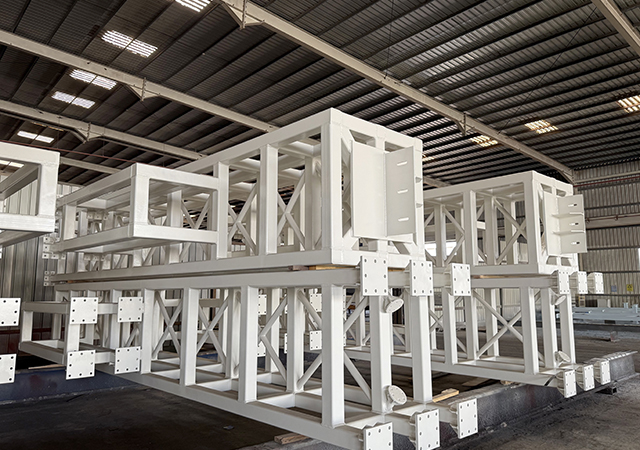




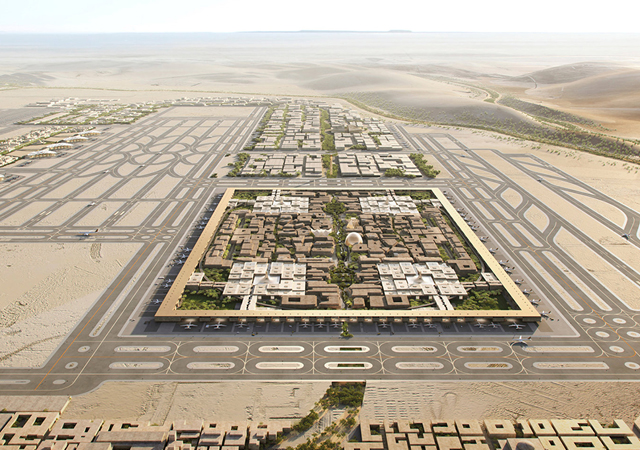
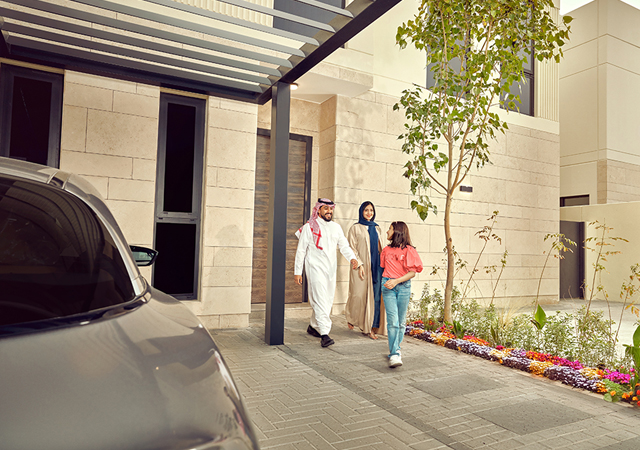
.jpg)
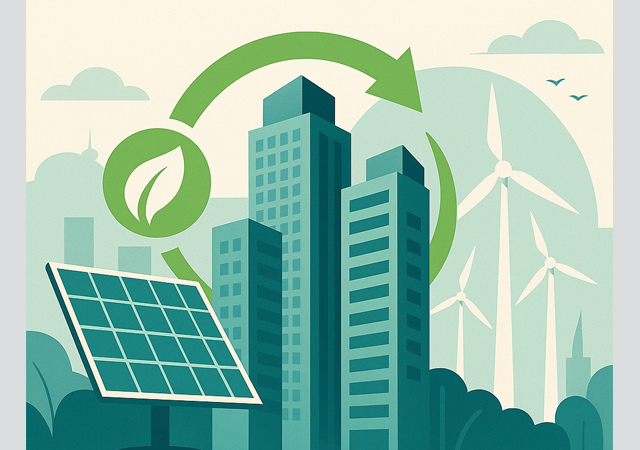



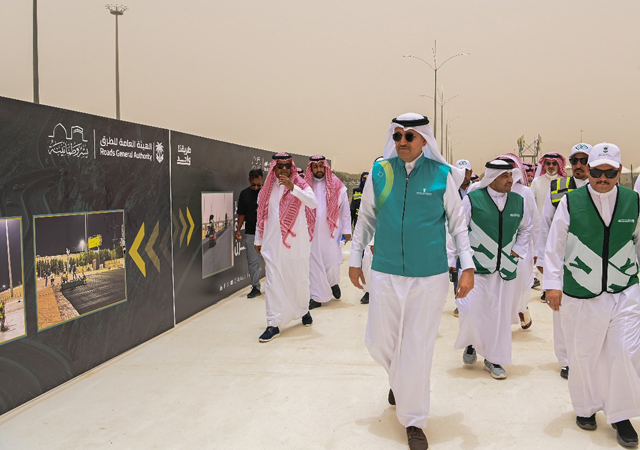

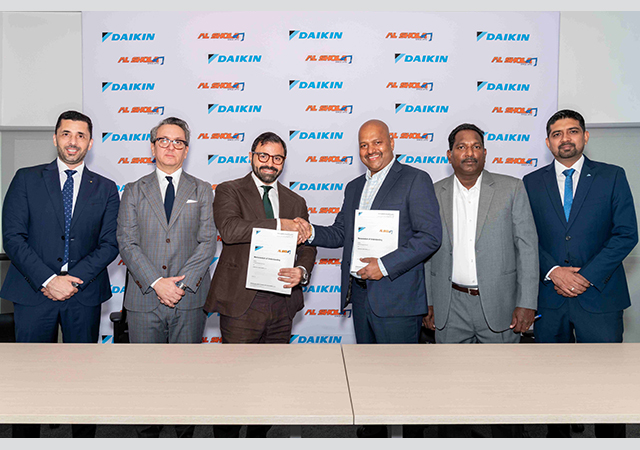

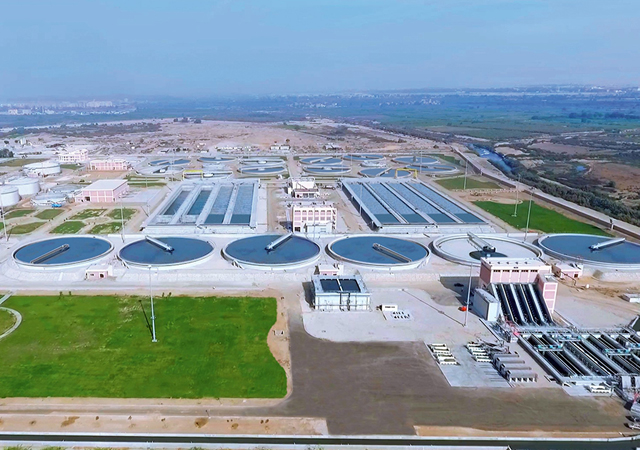
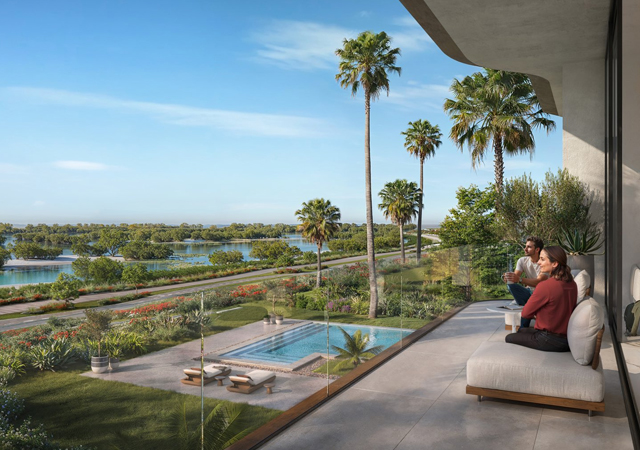
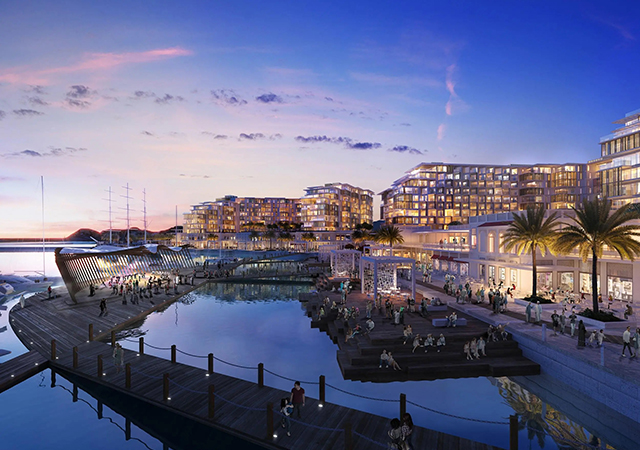

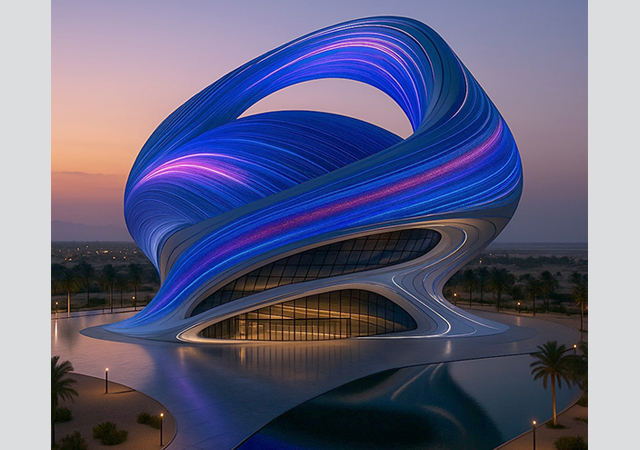

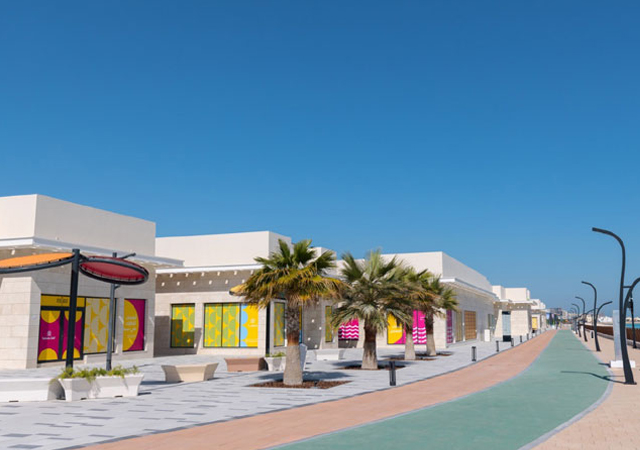

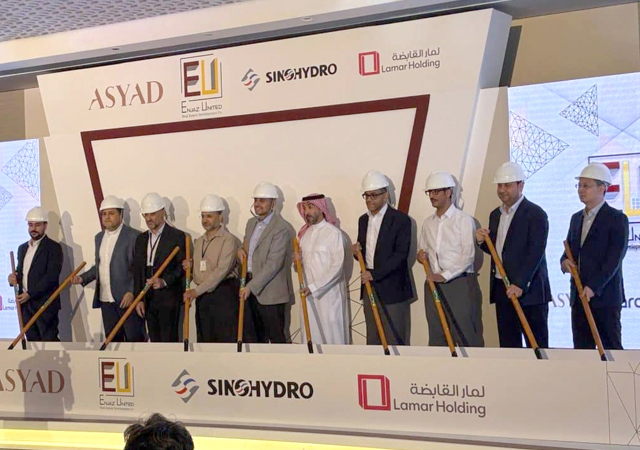
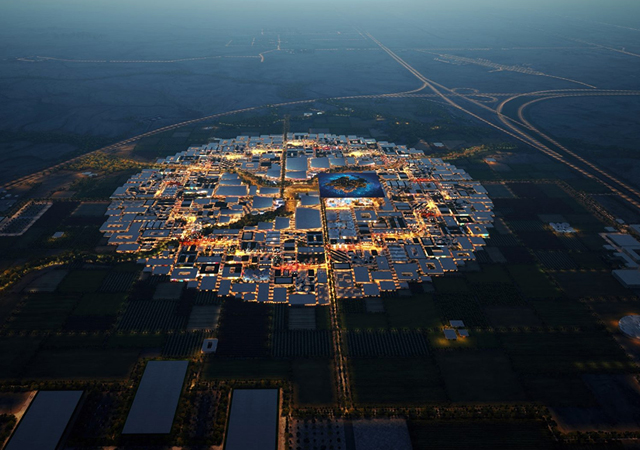
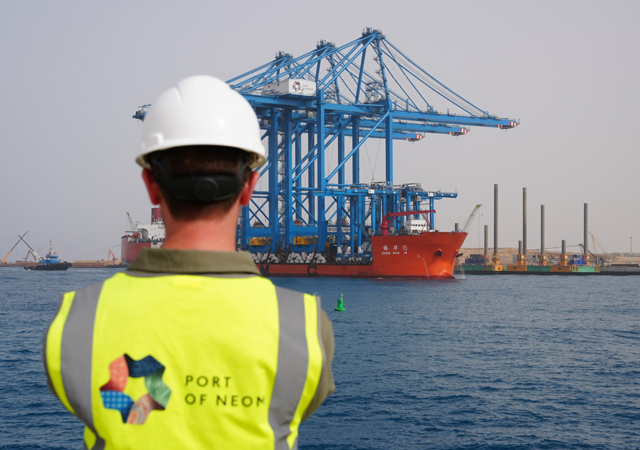
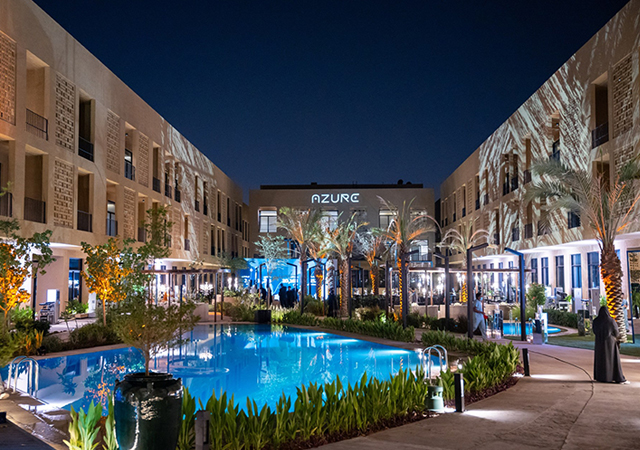
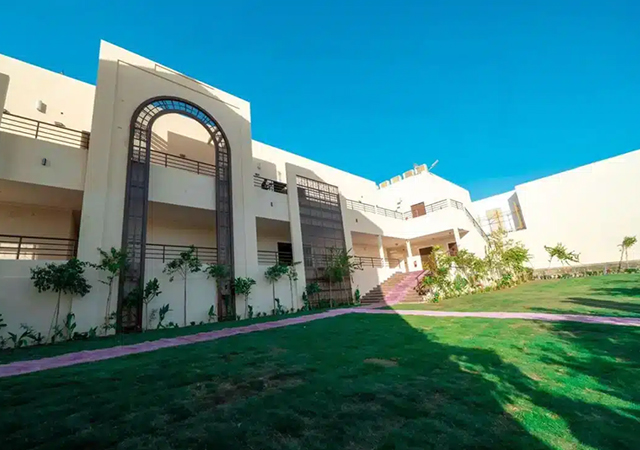


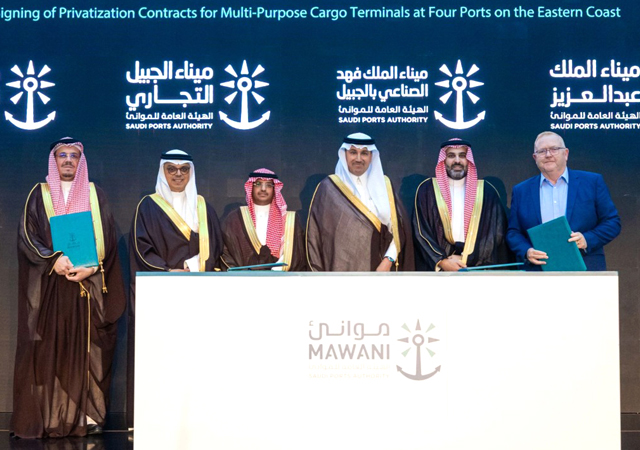
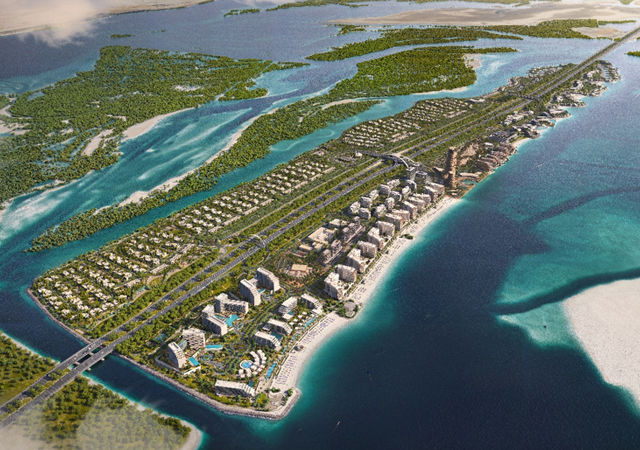

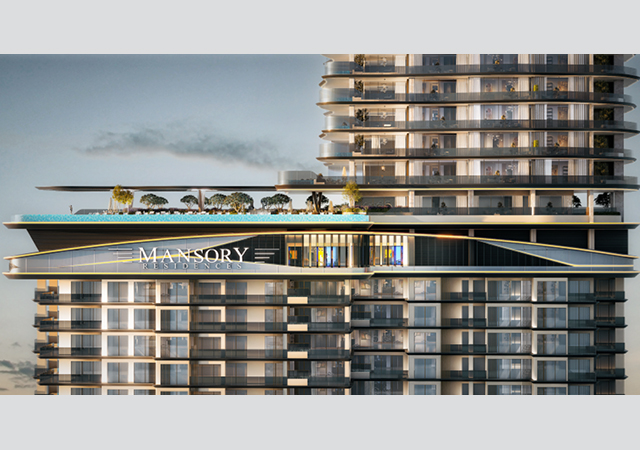
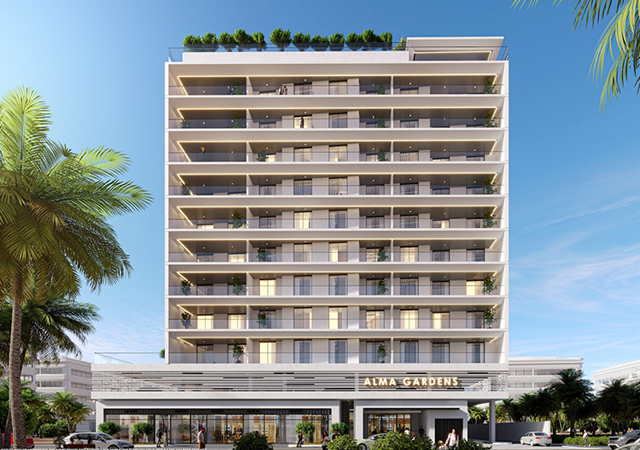

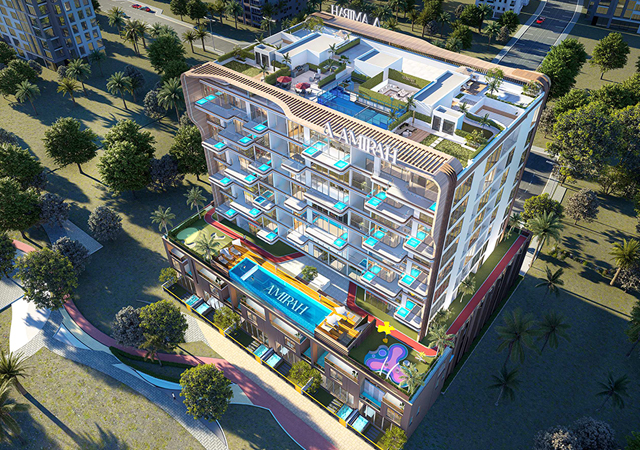
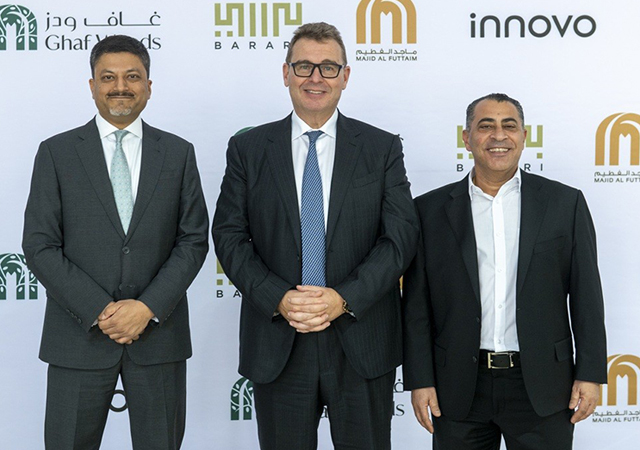
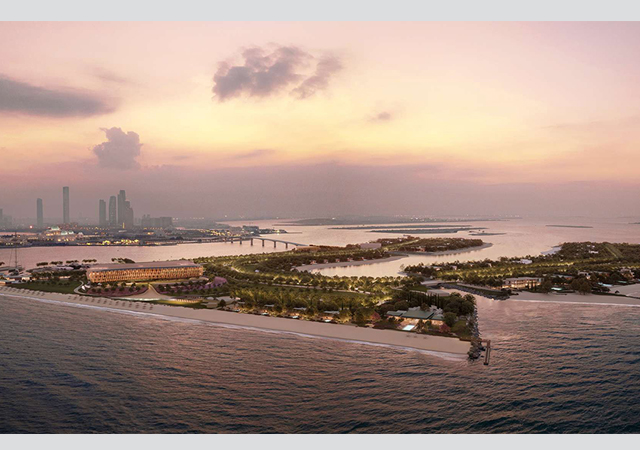
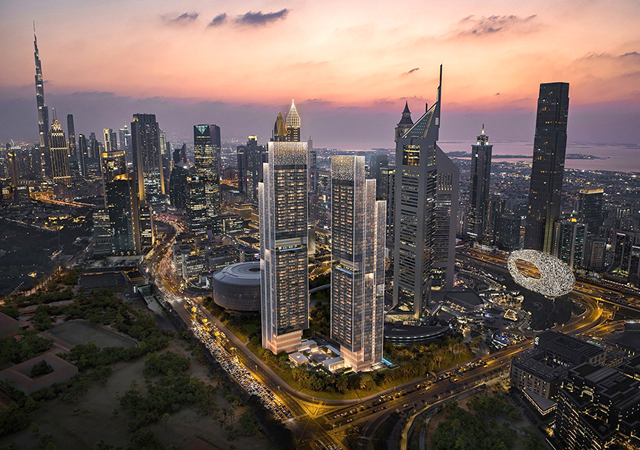
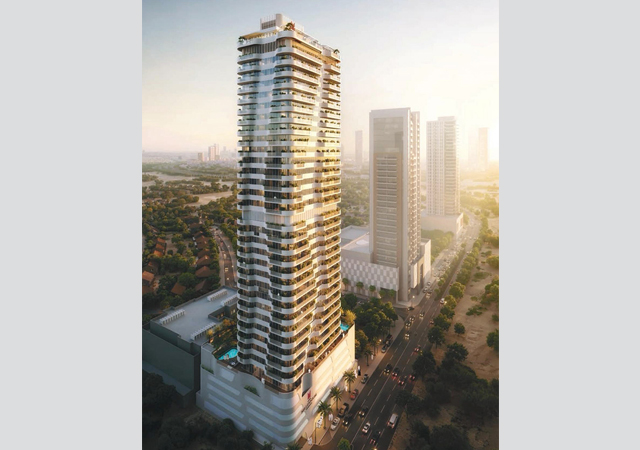
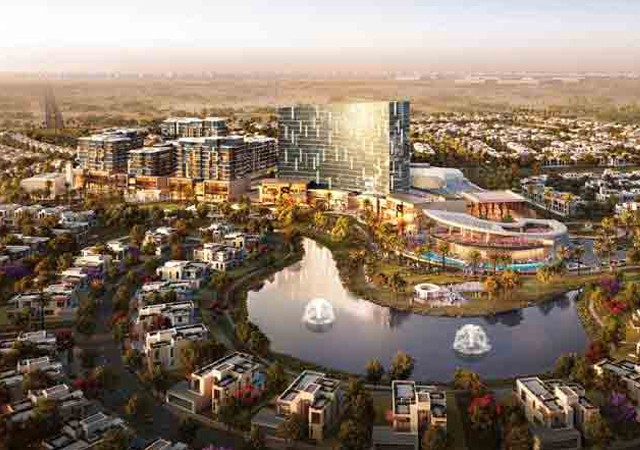
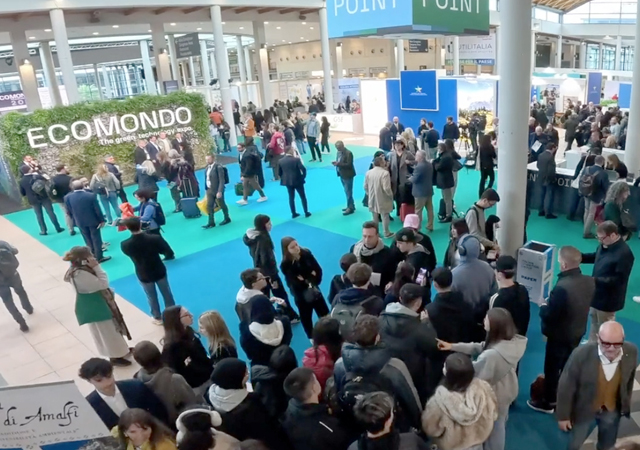
.jpg)

